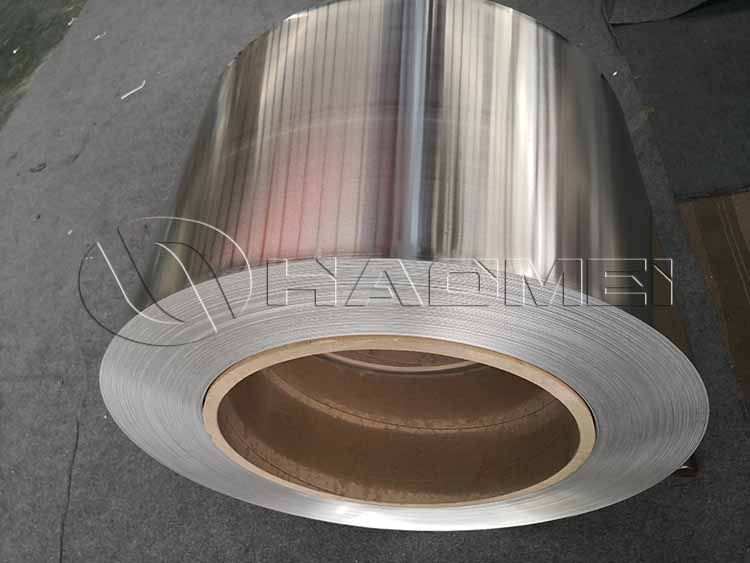How to Choose The Aluminum Strip Width
In the cost control and efficiency improvement of industrial production, the selection of aluminum strip width plays a key role. Choosing the right width can not only avoid material waste, reduce procurement costs, but also reduce energy consumption and working hours in the processing link. On the contrary, improper width may lead to excess materials, redundant processes, and even affect product performance.
The width of aluminum strips spans a wide range to meet the diverse needs of different industries and applications. Common aluminum strip widths (in inches) include but are not limited to: 1/4 inch, 1/2 inch, 1 inch, 2 inches, 4 inches, 6 inches, 8 inches, 12 inches, etc. Of course, non-standard widths can also be customized according to customers' special requirements in actual production.

1/4-inch aluminum strip
1 4 inch aluminum strips are commonly used in some electronic devices with strict space requirements and low current load. For example, in the winding production of small transformers, the 1/4-inch aluminum strip can be tightly wound, effectively utilize space, and achieve efficient electromagnetic conversion.
Its narrow width helps to achieve fine wiring in a limited space, while meeting the needs of low current transmission, reducing the heat generated by excessive current density, and improving the stability and service life of the transformer. From a cost perspective, replacing wide aluminum strip with narrow strips can avoid material waste and reduce the material cost per unit product.
12 inch aluminum strip
12 inch wide aluminum strips are mostly used in large-scale power transmission and industrial manufacturing. In the production of busbars in the power industry, 12-inch aluminum strips can carry huge currents because their large cross-sectional area can effectively reduce resistance and reduce the loss of electricity during transmission - this not only improves energy efficiency, but also reduces the maintenance cost of equipment due to overheating.
In the manufacture of heat sinks for large industrial equipment, the large heat dissipation area provided by wide aluminum strips can reduce the investment in additional cooling devices, indirectly saving energy consumption for enterprises.
How to choose aluminum strip width
Current carrying capacity
If the application scenario involves current transmission, such as transformer windings, busbars, etc., the width of the aluminum strips for sale is one of the key factors affecting the current carrying capacity.
According to Ampere's law, when current passes through a conductor, heat is generated. The larger the cross-sectional area of the conductor, the greater the current it can carry and the less heat it generates. Therefore, the selection of width that matches the current demand is the core of balancing cost and performance.
Space limitations
In applications with strict space requirements such as electronic devices and small machinery, the width of the aluminum strip must match the available space. For example, in electronic products with compact internal structures such as smartphones and laptops, only narrow width aluminum strips can be used.
Mechanical performance requirements
Aluminum strips of different widths also have different mechanical properties. Wider aluminum strips usually show better stability and strength when subjected to external forces such as stretching and bending, and are suitable for occasions that require higher mechanical strength, such as the reinforcement of building curtain walls.
Narrow aluminum strips have more advantages in flexibility and are suitable for applications that require frequent bending or curling, such as the flexible circuit connection parts in some wearable devices.
Original source: https://www.aluminumstrip24.com/news/how-to-choose-the-aluminum-strip-width.html
Tags: aluminum strips for sale,
Previous: Aluminum Strip for Shutters
Next: What Is Application Level of Aluminum Strip for Transformer Winding


